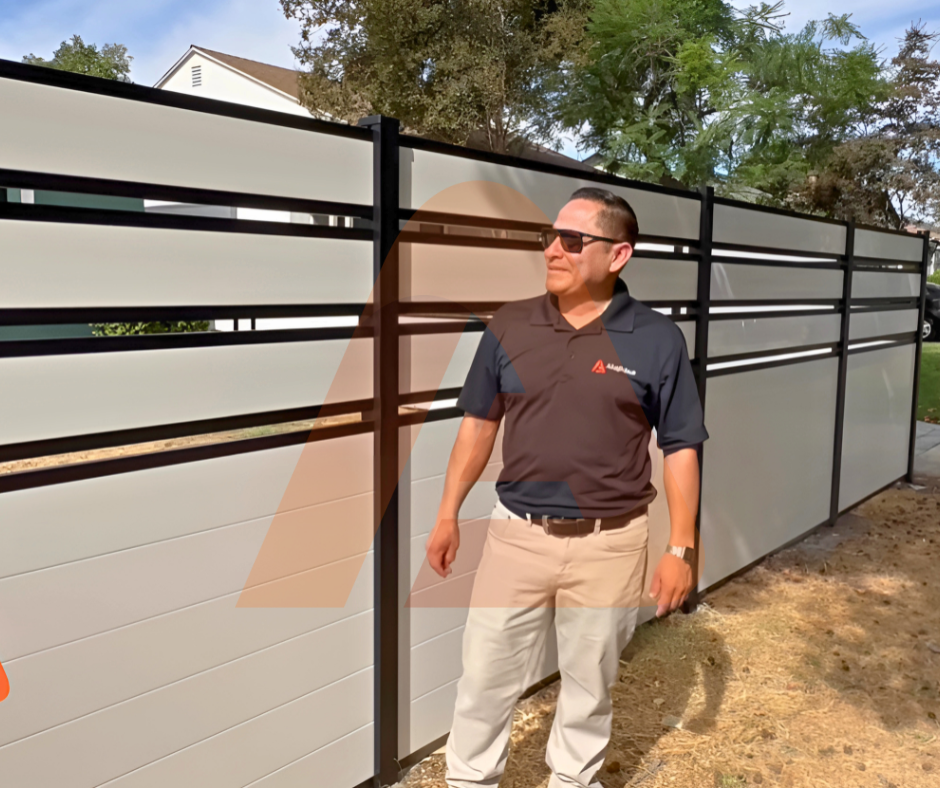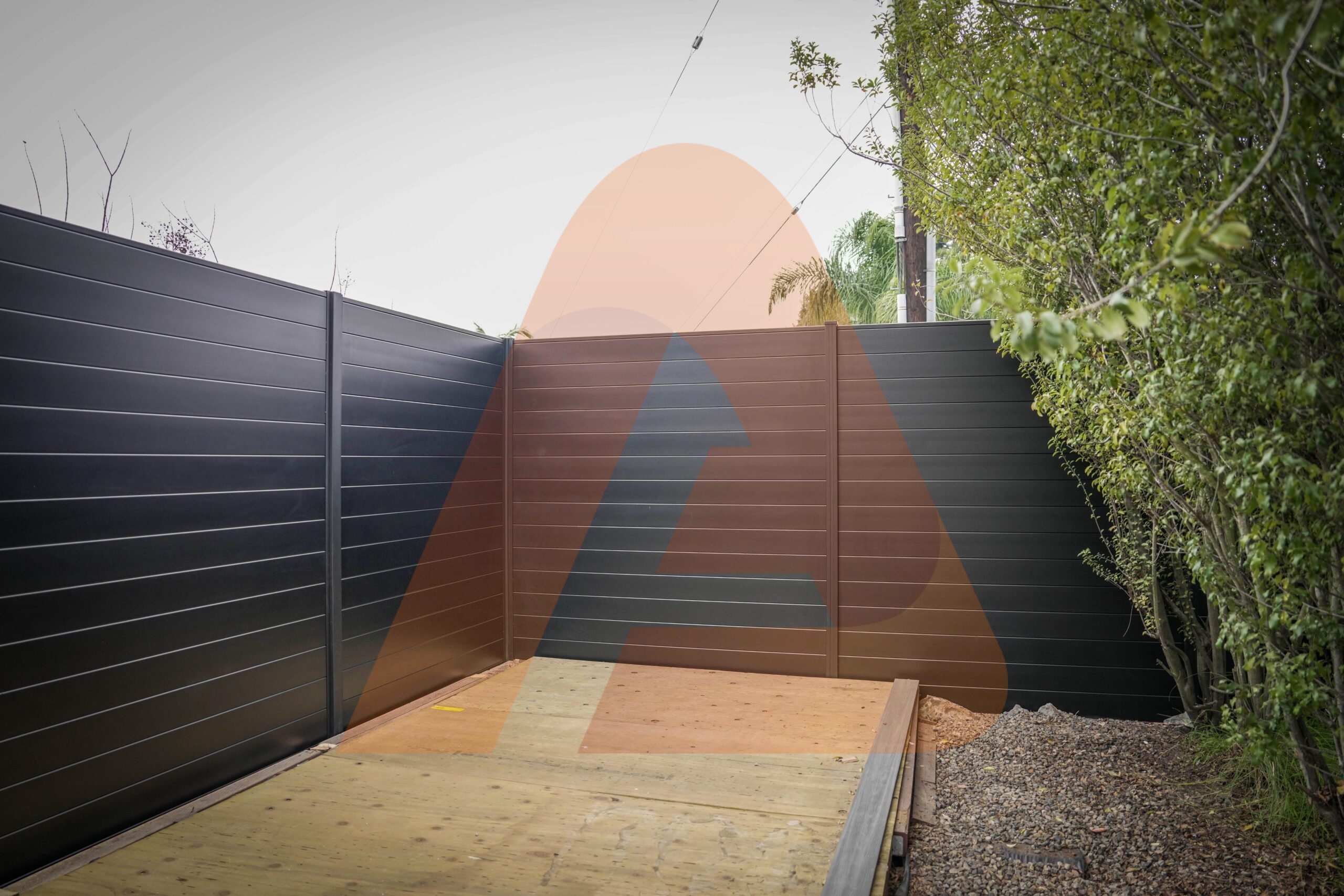
Privacy Fence Installation in Scottsdale: Professional vs DIY Options
- By alupost
- Posted on
Table of Contents
Privacy Fence Installation in Scottsdale
Installing a privacy fence is one of the most effective upgrades Scottsdale homeowners can make to increase comfort, security, and property value. Privacy fencing not only defines property lines and creates secluded outdoor spaces but also reduces noise, shields from wind and sun, and enhances curb appeal through material and design choices. Given Scottsdale’s climate, which includes intense sun, harsh temperature swings, and monsoon season challenges, a well-constructed privacy fence demands materials and installation techniques that withstand the elements while sustaining their appearance for years to come. Homeowners contemplating privacy fence installation face a crucial decision: whether to hire seasoned professionals or embark on a DIY project. This pivotal choice impacts the overall outcome, cost, durability, and even the timeline for enjoying a transformed yard. Understanding the benefits, limitations, and practical considerations of each approach empowers residents to select the installation path best suited to their budget, skillset, and long-term expectations for their Scottsdale home.
Understanding the Scope of Privacy Fence Projects
Installing a privacy fence involves more than placing panels—successful projects require thorough planning, precise measurement, and careful material selection tailored to the unique needs of Scottsdale properties. Initial steps include surveying the land for accurate property lines, understanding local codes and HOA regulations, and determining the purpose of the fence—whether for backyard seclusion, pool safety, pet security, or street-side privacy. Material options vary from classic wood and cost-effective vinyl to modern composites and custom metal panels, each offering different advantages in terms of durability, aesthetics, and maintenance. Depending on the chosen material, installations may require specialized tools, skill sets, and site preparation techniques, such as dealing with rocky or sandy desert soils that influence post anchoring and stability. Homeowners must weigh design complexity, required permits, and terrain challenges to accurately scope the time, resources, and expertise necessary for a smooth installation. Failing to account for these factors can result in costly errors such as misaligned posts, unstable panels, or non-compliance with municipal guidelines, all of which may compromise privacy and property value.
The Importance of Material Selection for Scottsdale Homes
Selecting the right material is at the heart of any successful privacy fence installation and has a profound impact on the fence’s function, lifespan, and ongoing maintenance in Scottsdale’s demanding environment. Wood offers timeless appeal and flexibility for custom heights or shapes but is prone to weathering, warping, and termite damage in the desert climate unless meticulously treated and maintained. Vinyl panels provide an affordable, low-maintenance solution with excellent resistance to sun and moisture, but may lack the robust feel or premium look some Scottsdale homeowners desire. Composite fence panels strike a balance by blending wood fibers with recycled plastics, resulting in panels that resist rot, fading, and pests while offering a variety of designer colors and finishes to match local home styles. Metal privacy fences, such as powder-coated aluminum or custom steel, excel in durability and security, though they require professional expertise for proper installation and may run higher in cost. With such a wide array of choices, material selection should be guided by both practical demands and the homeowner’s preferred aesthetic, ensuring the fence complements the property and performs for years in the Arizona sun.
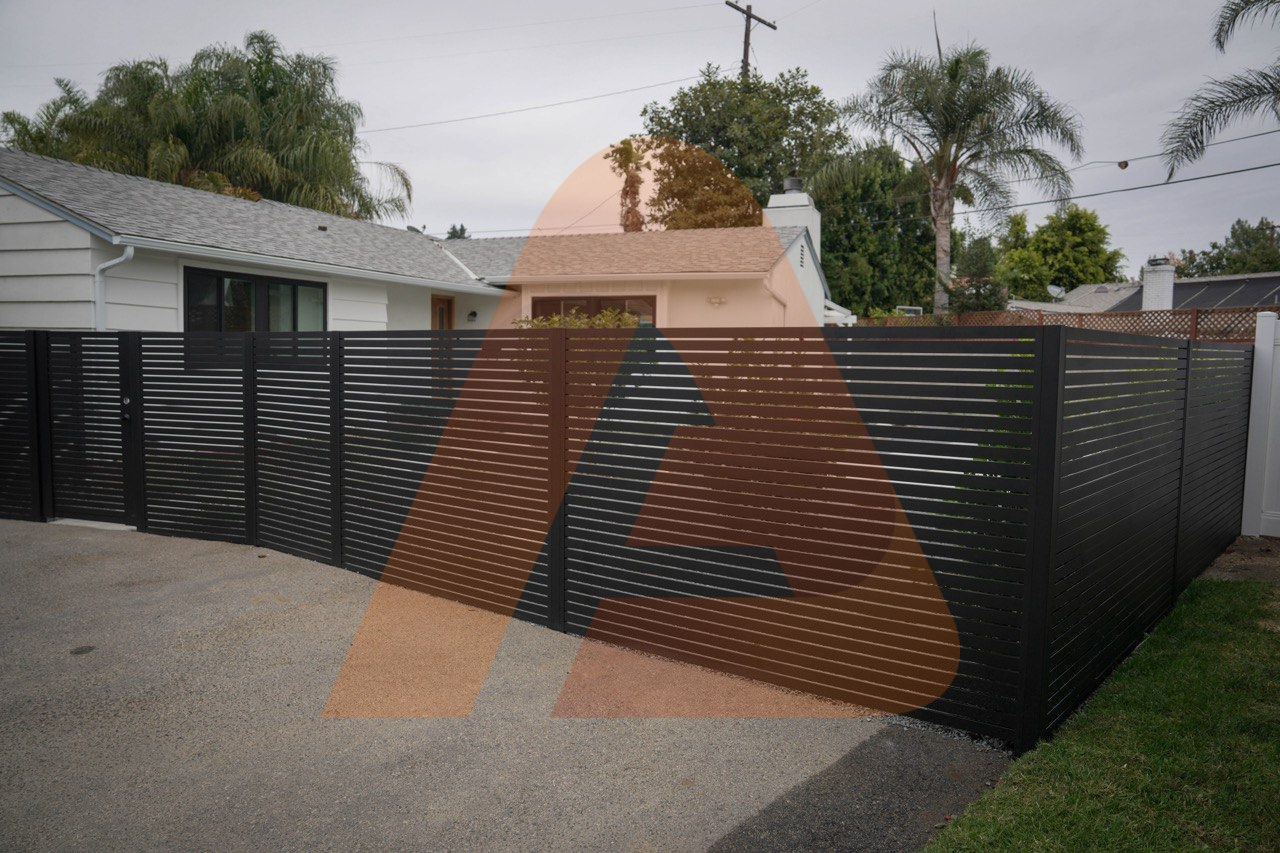
Professional Privacy Fence Installation: Benefits and Considerations
Opting for professional privacy fence installation in Scottsdale means leveraging experience, technical skill, and in-depth knowledge of local regulations. Licensed fencing contractors bring years of expertise in designing and building fences that withstand the desert’s tough climate, manage terrain variations, and comply with city and HOA rules. Professionals handle every step—surveying property boundaries, securing necessary permits, choosing the most durable materials, and executing precision installation that assures both beauty and longevity. Their familiarity with local soil conditions and wind loads helps prevent issues like leaning posts and panel warping, which can occur with improper techniques. Professional installers also offer warranties on labor and materials, giving Scottsdale homeowners peace of mind regarding future repairs and maintenance. Additionally, contractors have access to commercial-grade tools and specialty fasteners that further enhance durability and aesthetics. By partnering with a reputable fencing company, residents benefit from a streamlined installation timeline, project management oversight, and expert advice on customizing fences to suit privacy needs, security goals, and preferred styles.
Common Professional Services: Fence Permitting and Customization
One of the major advantages of professional privacy fence installation is the streamlined permitting and inspection process. Scottsdale and many nearby communities require fencing permits for new builds or significant replacements, with each municipality enforcing unique zoning guidelines and height restrictions. Professional installers manage all the paperwork, scheduling city inspections and ensuring compliance with setback regulations and utility line safety requirements. This attention prevents fines or project delays, protecting property value and neighborhood relationships. Customization is another crucial service area; fencing contractors guide homeowners on the latest trends in decorative privacy fence panels, composite slats, acoustic barriers, and integrated gate hardware. They offer bespoke options, such as powder-coated finishes, patterned lattice inserts, noise-reducing layouts, and integrated lighting or automation, tailoring each fence to functional and aesthetic priorities. Residents gain access to distinctive looks and sturdy privacy solutions that outperform “off-the-shelf” DIY options, all backed by professional guidance.
Long-Term Maintenance Advantages of Professional Installation
Maintenance requirements for privacy fences in Scottsdale can be substantial due to sun exposure, dust accumulation, and harsh seasonal shifts. Professionally installed fences not only start out stronger, but ongoing support ensures continued performance and curb appeal. Contractors often include annual or seasonal inspections, adjustment services, cleaning, and hardware lubrication as part of their maintenance packages. They quickly identify and fix loose panels, sunk posts, or surface blemishes that could develop into major issues if neglected. Scottsdale residents enjoy expert recommendations for cleaning protocols and upgrades, such as applying protective sealants, updating composite finishes, or retrofitting smart security features in existing panels. This preventative care extends the functional life of privacy fences, maximizes value, and preserves aesthetic harmony with the surrounding property—outcomes that DIY installations may struggle to maintain without specialized knowledge and resources.
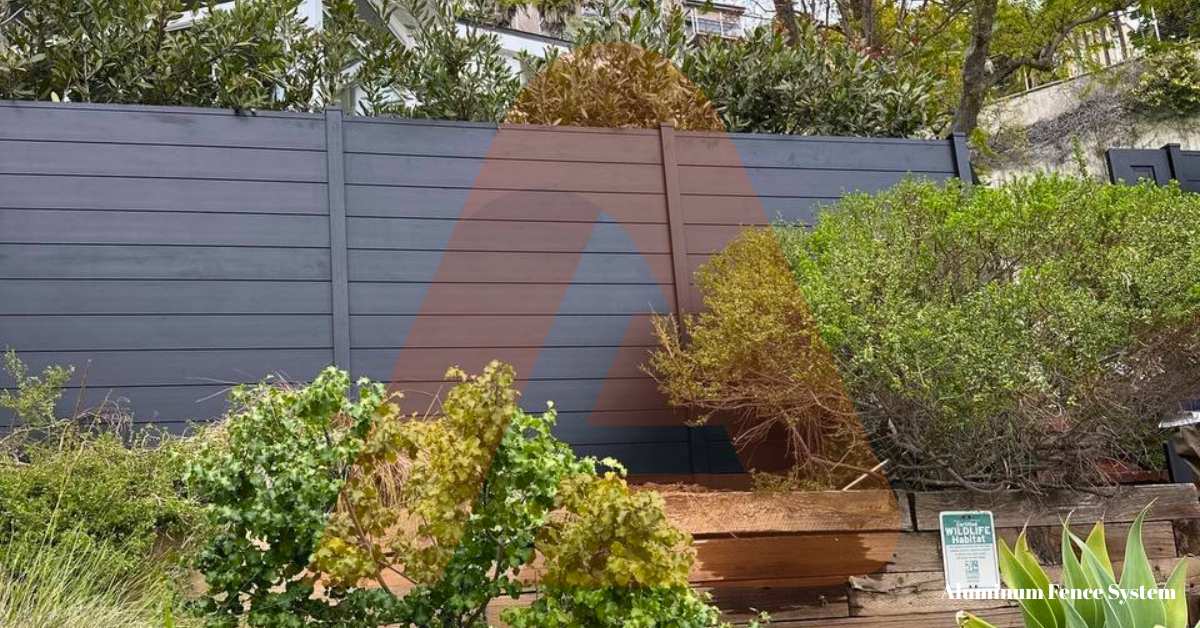
DIY Privacy Fence Installation in Scottsdale: Pros and Cons
DIY privacy fence installation appeals to Scottsdale homeowners seeking control over design, timeline, and cost. Managing the entire process—material selection, land preparation, and panel assembly—empowers residents to tailor results closely to their vision and budget. The flexibility to choose materials such as wood planks, vinyl panels, or modular composite systems lets DIYers align the project with specific privacy and aesthetic needs, often at lower upfront costs than professional quotes. Many homeowners prefer the satisfaction of hands-on involvement and the ability to work at their own pace. DIY installation also enables personalized adjustments for site challenges, such as integrating fencing around landscaping features or customizing heights for special zones like pools, patios, or gardens. Access to online tutorials, local hardware stores, and rental equipment helps simplify the process for those with basic carpentry or construction skills.
Common DIY Challenges: Permits, Terrain, and Tools
Despite its appeal, DIY privacy fence installation in Scottsdale introduces important challenges that homeowners must anticipate. Navigating municipal permitting requirements often proves complex for those unfamiliar with local codes, potentially delaying projects or resulting in non-compliant builds. Uneven terrain, rocky soil, and existing irrigation lines demand careful site preparation and accurate measurements to avoid fencing instability or future maintenance issues. Achieving level panels and properly anchored posts on desert ground requires experience and specialty tools, which many DIYers may need to rent or purchase, impacting the overall budget. Mistakes during installation—such as misalignments, loose fasteners, or incorrect material handling—can undermine the fence’s appearance and function, sometimes requiring costly corrections or consultation with professionals after the fact.
Maintenance Demands and Long-Term Viability of DIY Fences
The long-term maintenance of DIY privacy fences hinges on correct material selection and installation quality. Wood fences often require frequent staining, sealing, and repairs to combat sun bleaching, cracking, and pest infestations typical in Scottsdale’s climate. Inadequately anchored posts may shift over time, jeopardizing panel alignment and privacy. Vinyl and composite panels offer improved weather resistance but still need routine cleaning and periodic inspections for loose brackets or cracks. DIY homeowners bear full responsibility for repairs and upgrades, which may necessitate purchasing specialty hardware or redoing sections if major issues arise. Without professional warranties or expert advice, ongoing upkeep can become overwhelming, diminishing initial cost savings over years. For those confident in their abilities and willing to invest time in maintenance, DIY installation can be rewarding; however, careful consideration of long-term durability and post-installation needs is crucial.
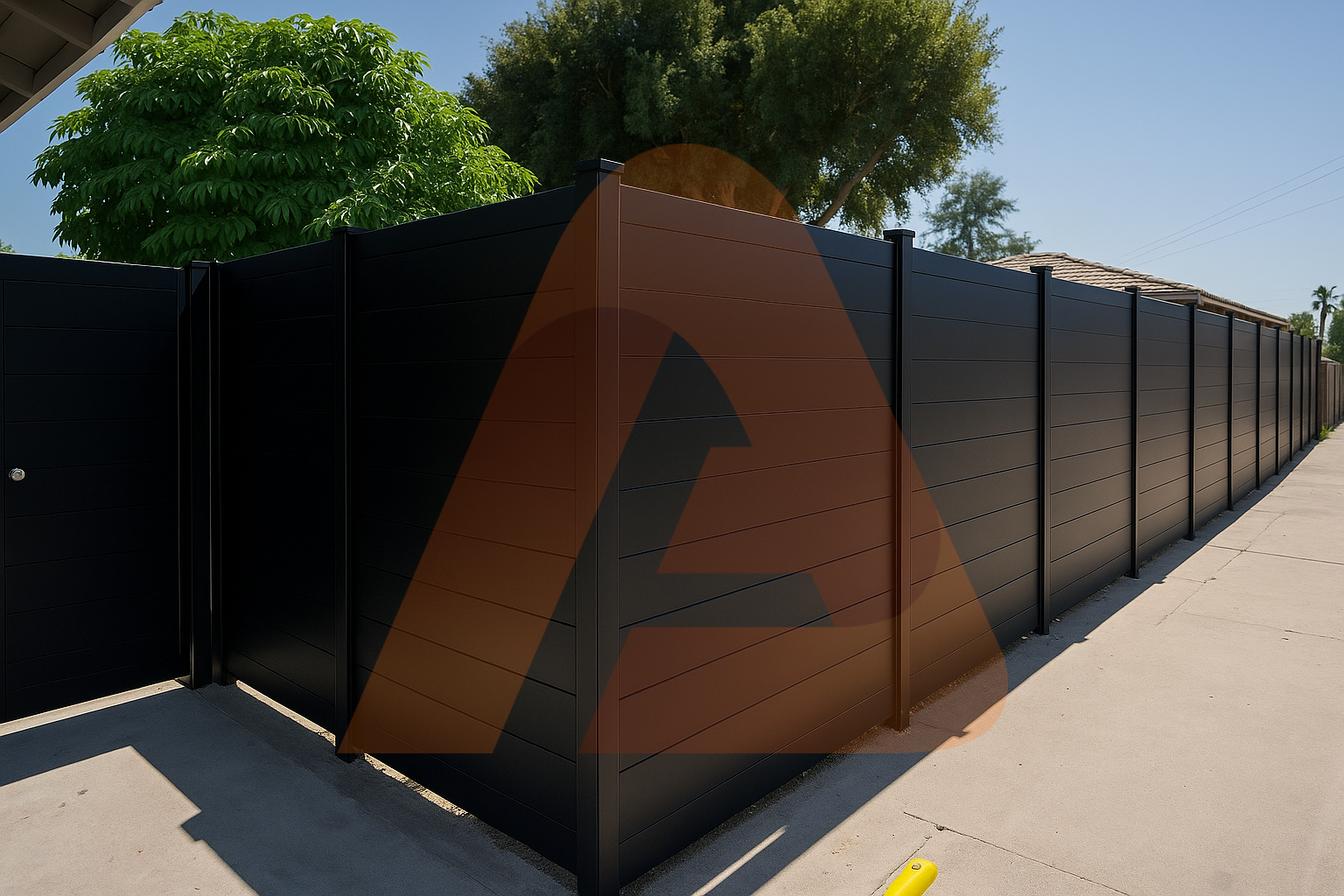
Evaluating Time and Effort: Professional vs DIY Privacy Fence Installation
Time commitment and physical effort are critical considerations when deciding between professional and DIY privacy fence installation in Scottsdale. Professional installers bring the advantage of experience-driven efficiency, often completing projects in a matter of one to two days for average residential yards. Their familiarity with the tools, materials, and site quirks expedites tasks like post digging, panel mounting, and finishing touches, resulting in a fast and polished outcome. Additionally, outsourcing installation frees homeowners from demanding physical labor, safety risks, and scheduling conflicts, allowing them to focus on enjoying their outdoor space sooner. Professionals also handle unexpected site conditions and technical challenges with agility, avoiding project delays that may occur with less experienced hands.
Assessing DIY Time and Labor Demands
DIY installation requires significant time investment and physical exertion, which can extend project timelines from several days to weeks depending on the homeowner’s availability, skillset, and support system. Tasks such as accurately measuring and marking property lines, hand-digging post holes through rocky or sandy soil, and securing heavy panels demand physical strength and endurance. Complex elements like gates, curved sections, or sloping terrain increase difficulty dramatically. Many DIYers find coordinating permit acquisition, material delivery, and continuous weather monitoring add to the logistical challenges. While some enjoy the hands-on process and sense of accomplishment, it requires realistic planning and commitment to avoid burnout and maintain quality outcomes.
Impact on Project Satisfaction and Outcome Quality
The division between professional and DIY installation impacts not only timelines and effort but also homeowner satisfaction and fence performance. Professional projects typically benefit from precise craftsmanship, balanced panel alignment, and structural integrity, resulting in fences that withstand Scottsdale’s harsh environmental conditions and retain curb appeal over time. In contrast, DIY installations may reveal imperfections such as uneven heights, unstable posts, or visible fasteners, which can detract from visual appeal and foster maintenance issues. By considering time, physical demands, and desired final quality, Scottsdale homeowners can select the installation option that aligns with their lifestyle, capabilities, and expectations, ensuring long-term enjoyment and property value enhancement.
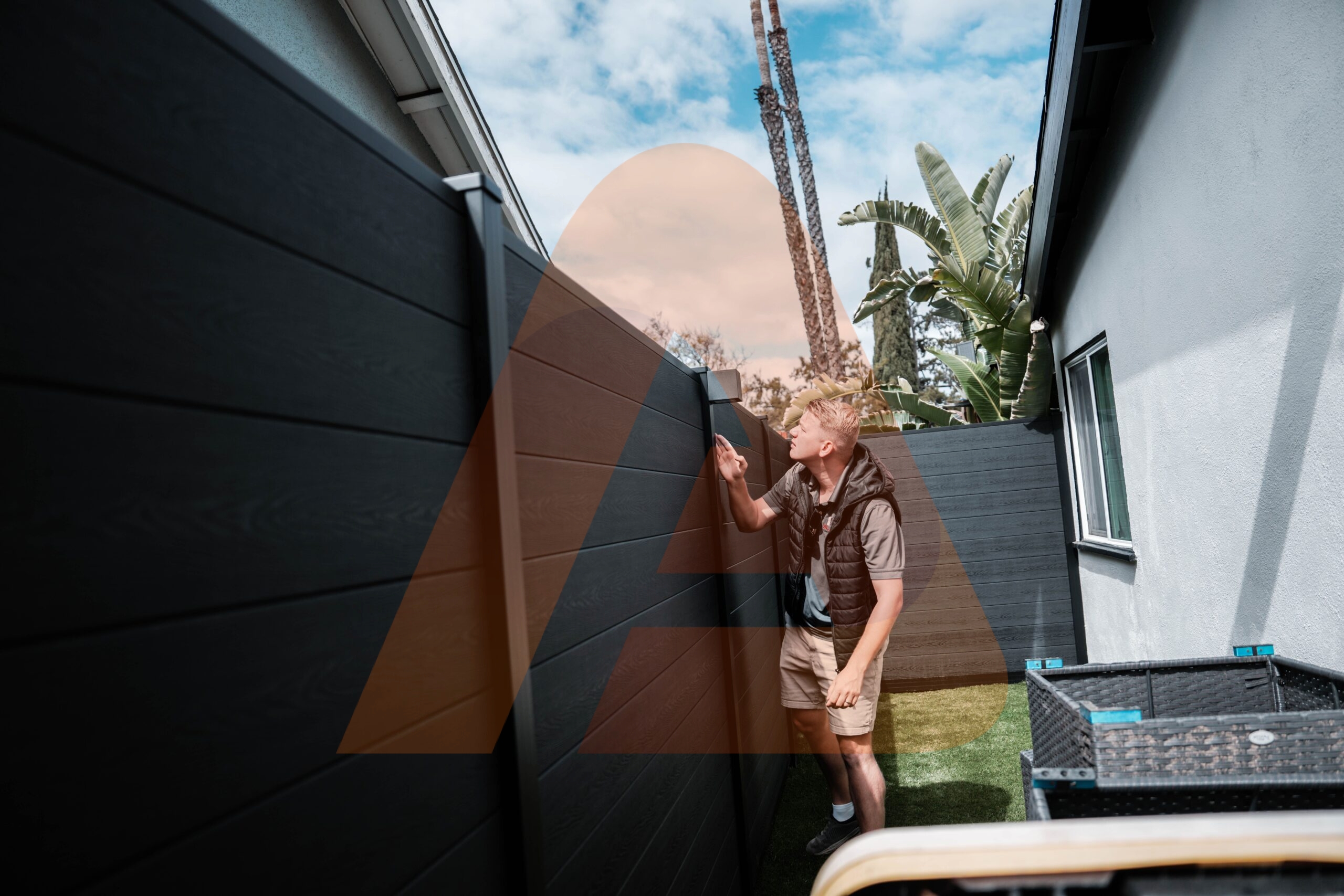
Material Durability and Environmental Suitability
Choosing materials suited to Scottsdale’s unique environment is essential for privacy fence installation success, whether opting for professional help or DIY efforts. The intense Southwestern sun exposes fence panels and posts to high UV radiation that can degrade some materials faster, causing discoloration, warping, or brittleness. Professional installers often recommend UV-stabilized composites or powder-coated metals that resist fading and structural decline, ensuring the fence maintains its privacy functionality and visual appeal over extended periods. Wood, while favored for its natural look, requires high-grade treatments, regular sealing, and pest control measures to weather Scottsdale’s dry heat and temperature fluctuations. Vinyl offers low maintenance but may become brittle or fade without premium UV inhibitors. By selecting materials tested or proven for desert climates, Scottsdale homeowners reduce future repair costs and avoid frequent replacements—important factors regardless of installation method.
Impact of Material on Installation Complexity
Material choice also influences installation’s technical demands and required expertise. Composite and vinyl panels are generally lighter and easier for DIYers to handle, with modular designs that simplify assembly while still providing excellent privacy and durability. In contrast, metal fence panels, especially custom cut or powder-coated ones, require precise welding and anchoring techniques better suited for professional installers. Wood fencing installation, while manageable for experienced DIYers, demands accurate cutting, consistent fastening, and weatherproofing skills to ensure long-term integrity. Professional contractors have access to specialized equipment and materials delivery services that streamline projects involving heavier or more complex components. Understanding these installation nuances helps homeowners set realistic expectations and plan their fence projects effectively.
Maintenance Implications Based on Material and Installation Method
Maintenance needs vary widely by material and whether installation was professional or DIY. High-quality professional installations minimize maintenance by ensuring correct sealing, tight fasteners, and corrosion-resistant hardware that withstand environmental stress. For wood fences installed by DIYers, ongoing care such as frequent staining and post repairs is critical due to the risk of cracking, warping, or pest invasions. Vinyl and composite fences generally require less upkeep, primarily periodic washing and inspection for damage. Professional services can also offer scheduled maintenance plans that extend fence longevity, whereas DIY homeowners must be proactive in identifying and remedying issues promptly. Factoring in maintenance effort and cost supports better long-term satisfaction and fence performance for Scottsdale residences.
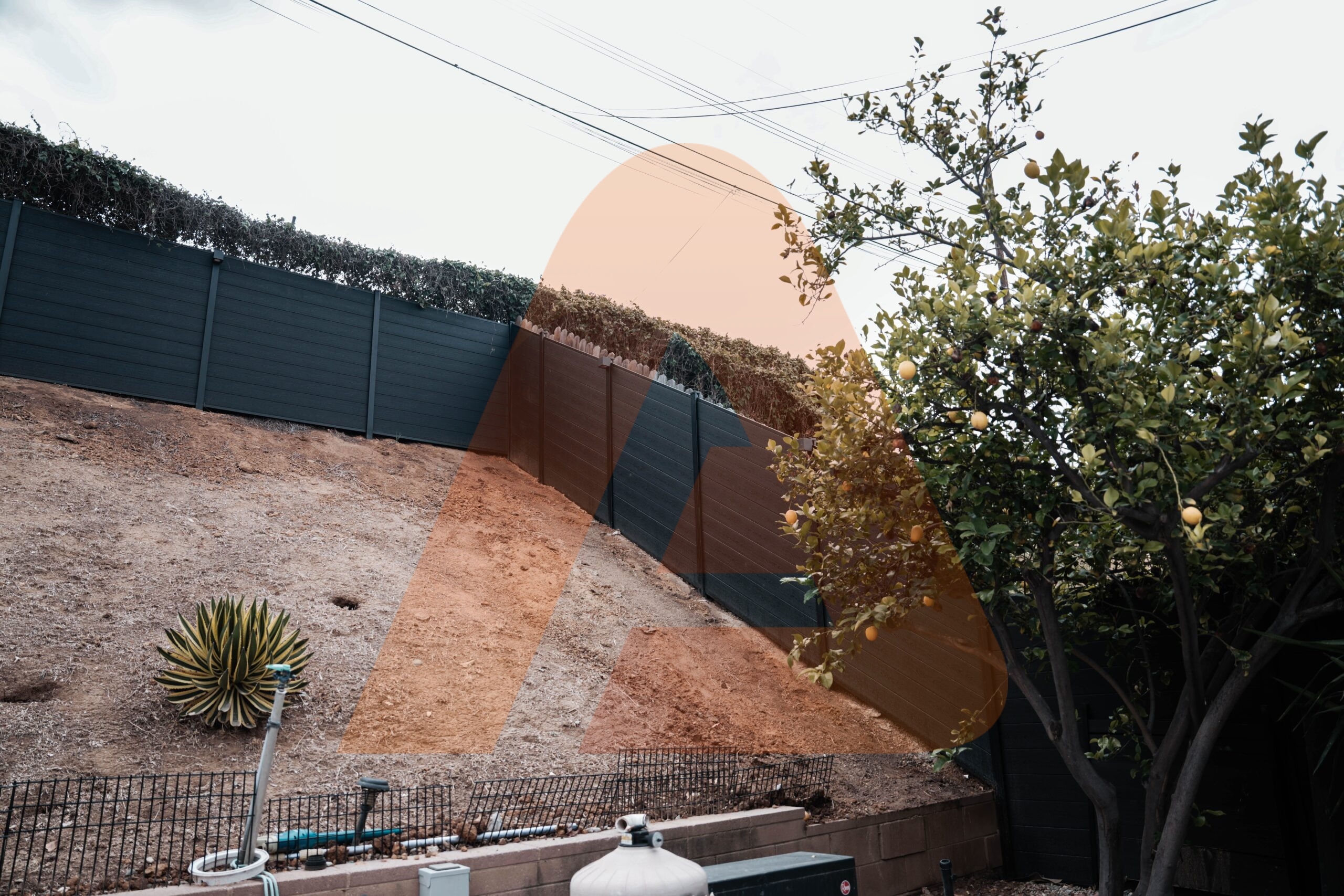
Warranty and Liability: Weighing Professional Assurance Against DIY Risks
One of the defining differences between professional and DIY privacy fence installation in Scottsdale lies in the breadth of warranty coverage and liability protection. Professional fencing contractors typically provide comprehensive warranties that cover workmanship, materials, and structural integrity for a specified period. These guarantees offer homeowners protection against defects, premature wear, or installation errors, reducing future out-of-pocket repair costs. Professionals are also insured and licensed, so liability for accidents, property damage, or code violations shifts away from the homeowner, adding a crucial layer of financial and legal security. This formal backing is especially valuable in Scottsdale’s strict regulatory environment and challenging site conditions.
DIY Installation Liability and Risk Considerations
DIY fence installations, while appealing for potential cost savings and personal control, expose homeowners to higher liability risks and no guarantee protections. Without professional licenses, insurance, or warranties, the homeowner assumes full responsibility for injury, damage, or code infractions resulting from construction mishaps or site preparation failures. Mistakes made during installation—such as incorrect post depth, misaligned panels, or insufficient securing—can compromise fence safety and privacy over time, with costly and time-consuming remedies. Additionally, the absence of warranty coverage means replacement parts or repairs are at the homeowner’s expense. For Scottsdale residents unfamiliar with permitting procedures or construction practices, this risk magnifies, making insurance and legal ramifications considerations critical before embarking on a DIY privacy fence project.
Choosing Installation Paths Based on Warranty and Liability
Ultimately, deciding between professional and DIY privacy fence installation often comes down to weighing peace of mind, financial risk, and desired control over the project. Homeowners seeking guaranteed quality, reduced liability, and ongoing support generally favor professional services that safeguard investment and assure fence longevity. Conversely, confident DIY enthusiasts willing to assume associated risks and responsibilities may prefer the upfront savings and personalized approach offered by self-installation. Scottsdale’s unique terrain, climate, and regulatory landscape mean this choice has significant implications, with warranties and liability protection playing an outsized role in minimizing post-installation problems and costs.
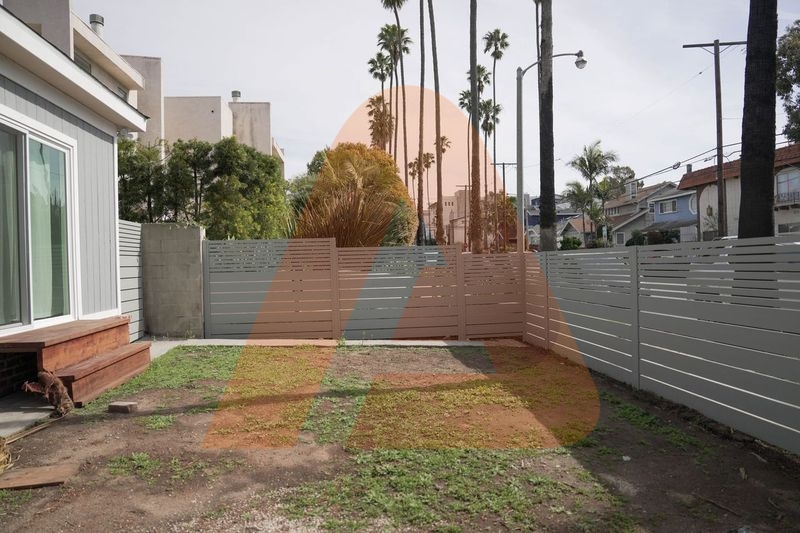
Tools and Equipment Required for Privacy Fence Installation
Proper tools and equipment are fundamental to executing a successful privacy fence installation, whether professional or DIY. Professionals typically use specialized machinery such as augers for precise post hole digging, laser levels for accurate panel alignment, and high-power nail guns or screwdrivers for rapid assembly. Their arsenal also includes concrete mixers for setting posts securely and heavy-duty saws for cutting various materials on-site. This advanced equipment allows efficient work even on challenging Scottsdale terrain, where rocky or sandy soil complicates groundwork. Additionally, technicians rely on safety gear and scaffolding to ensure personal protection and quality finishes. For DIYers, essential tools often include post hole diggers, levels, hammers, drills, and saws—a more limited set that requires additional time and physical effort. Renting or purchasing equipment, learning to use it safely, and acquiring proper personal protective equipment are vital for minimizing accidents and achieving satisfactory results.
Selecting Materials Compatible with Available Tools
Materials chosen for the fence installation must align with the tools and skill level available. Wood fencing typically requires saws and manual fastening equipment that are common in most DIY toolkits, though achieving professional quality hinges on experience. Vinyl and composite panels come in modular systems designed for simpler assembly, often requiring fewer specialized tools, making them popular choices for semi-skilled homeowners. Metal privacy fences, while offering exceptional durability, usually demand machinery and expertise for cutting, welding, or powder coating that far exceed average DIY capabilities—highlighting the advantage of professional installation for these materials. Assessing tool compatibility with fencing materials early in the planning stage prevents costly delays and ensures smooth workflow with minimal frustration.
Efficiency and Safety Considerations
Efficiency in fence installation is greatly influenced by tool availability and operator experience. Professional crews streamline projects through well-maintained, specialized equipment that performs tasks rapidly without sacrificing precision. Their adherence to safety protocols reduces injury risks and environmental disturbance. In contrast, DIY projects may be slower due to limited tools, lack of job-site experience, and safety precautions missed or underestimated. Proper planning, training, and equipment acquisition can mitigate these issues, but time and safety remain significant factors influencing the choice between professional and DIY fence installation in Scottsdale. Ensuring safe working conditions and efficient use of tools directly correlates with the quality and longevity of the final privacy fence.
Permit and Legal Requirements for Privacy Fencing in Scottsdale
Privacy fence installation in Scottsdale is subject to a variety of municipal codes, zoning laws, and homeowners association (HOA) regulations that govern fence height, location, materials, and aesthetics. Obtaining the necessary permits is a critical step that ensures compliance with these rules while preventing costly fines or the need to dismantle non-compliant fences. Professional installers usually handle permits as part of their service, leveraging experience with local jurisdictions to expedite approval and navigate complex paperwork. They guide homeowners on setbacks, fence heights (typically ranging from 6 to 8 feet for privacy), and acceptable materials that align with neighborhood standards. Adhering to these regulations also ensures long-term neighborly relations by minimizing boundary disputes.
Challenges of Navigating Permits for DIY Installers
For DIY homeowners, navigating the permit process can be daunting, requiring detailed knowledge of Scottsdale city codes, HOA covenants, and utility location regulations. This entails submitting applications, waiting for inspections, and potentially modifying plans to meet feedback—all without professional advocacy. Mistakes or oversights in this process can lead to project delays, repeated fees, or enforcement actions. DIYers must also locate underground utility lines before digging post holes to avoid dangerous and costly damages. Proper validation of fence location through surveys or markers reduces boundary overlap disputes. Investing time upfront in understanding legal requirements significantly increases the likelihood of a smooth, compliant fencing project for self-installers.
Ensuring Code Compliance Maximizes Property Value
Fences that adhere to Scottsdale’s legal standards provide homeowners with added assurance about property value retention. Code-compliant fences are typically more attractive to buyers and appraisers who value adherence to local ordinances as a sign of well-maintained and properly managed properties. Conversely, poorly permitted fences can trigger legal and financial headaches during resale or refinance, reducing market desirability. Whether opting for professional installation or DIY, reviewing and fulfilling all legal requirements is an indispensable step that protects investment and promotes neighborhood harmony. Scottsdale homeowners benefit from proactive compliance efforts that safeguard both aesthetic appeal and future transaction ease.
Cost Breakdown: Professional vs DIY Privacy Fence Installation
| Feature/Cost Category | Professional Installation | DIY Installation |
|---|---|---|
| Average Material Cost (per linear foot) | $25 - $60 (premium options available) | $18 - $50 (selection limited to retail options) |
| Average Labor Cost (per linear foot) | $20 - $40 (includes site prep & finishing) | $0 (homeowner supplies all labor) |
| Permitting and Inspection | Included and managed by contractor | Homeowner responsibility; fees vary |
| Project Timeline | 1–2 days (for typical yards) | Several days to weeks (owner availability dependent) |
| Warranties/Support | Labor and material warranty included | No warranty (unless material-specific) |
| Access to Custom Options | Extensive: automation, colors, designs | Limited; advanced options require extra skills/tools |
| Maintenance Packages | Available as add-ons | All maintenance homeowner’s responsibility |
| Total Cost Estimate (per linear foot) | $45 - $100+ | $18 - $70 (may increase with unexpected issues) |
Understanding the cost implications of professional versus DIY privacy fence installation is pivotal for Scottsdale homeowners planning a new fence project. Professional installation typically represents a larger upfront investment, factoring in not only materials but also labor, permitting, design consultation, site preparation, and warranty coverage. This approach delivers streamlined project management, quick turnarounds, and post-installation support, adding value beyond raw materials. On the other hand, DIY projects appear less expensive at first glance, involving primarily material costs and potential tool rentals. However, this method can quickly accumulate hidden expenses—specialty equipment purchases, corrective repairs for mistakes, extended timelines, and unanticipated complications with permits or terrain. Prospective DIYers must budget for these variables and, where necessary, invest in quality materials and learning resources to mitigate risks. Comprehensive cost planning ensures that the chosen installation route aligns with both initial budgets and long-term expectations.
How to Interpret the Cost Table
The professional option, while higher in price, delivers complete project management, premium features, and predictable outcomes, lowering future hassle and maximizing fence lifespan. DIY paths present initial savings and personal flexibility but necessitate more preparation, skill, and ongoing homeowner involvement. By comparing these elements, Scottsdale homeowners can balance budget against convenience, durability, and peace of mind to select the privacy fence installation path that best fits their priorities.
Material and Labor Considerations Unique to Scottsdale
Scottsdale’s distinctive climate and terrain affect cost calculations for privacy fence installation, regardless of approach. Heat- and UV-resistant materials, such as powder-coated metal and composite, often cost more than basic wood or vinyl, but their durability pays off in reduced repairs and longer lifespan. Professional installers benefit from wholesale pricing and established vendor relationships, passing along savings or higher-grade materials at competitive rates. In contrast, DIYers may pay retail prices and face limited selection at local stores. Labor costs in professional installs cover more than physical assembly—they support accurate site measurement, professional-grade anchoring, and streamlined coordination with city inspections. In the DIY route, these labor elements convert to homeowner time and effort, potentially extending project timelines or leading to mistakes that reduce overall value.
Value-Added Features and Hidden Costs
Professionally installed privacy fences often include value-added features that might be overlooked or underappreciated in a DIY build, such as integrated gates with automation, reinforced posts for security, or decorative elements that increase curb appeal. At the same time, hidden costs can arise on both sides: professionals may charge for permits, expedited scheduling, or custom options, while DIYers might face extra expenses if mistakes require hiring help to fix errors or if overlooked terrain challenges necessitate additional foundation work. Maintenance expectations also influence true total cost of ownership—materials with extended warranties or professional service packages can deliver higher ROI over years. Factoring in these value-adds and possible setbacks refines the budgeting process and supports smarter choices for Scottsdale privacy fence projects.
Design Your Ideal Fence & Gates Today!
Bring your vision to life with premium aluminum fencing, custom gates, and modern cladding solutions crafted to elevate any property.
Schedule A ConsultationEnhancing Privacy with Landscaping and Fence Design
Privacy fence installation in Scottsdale often benefits from thoughtful integration with landscaping elements to enhance seclusion and aesthetic appeal. Strategic placement of trees, shrubs, and vines along fence lines complements the physical barrier, softening harsh edges and creating natural visual buffers. Drought-tolerant native plants like desert sage, agave, or oleander not only thrive in the arid climate but also offer year-round greenery that enriches privacy without demanding excessive irrigation. Vertical gardening on lattice fence sections adds texture and greenery while maximizing space in smaller yards. Landscaping serves to mitigate dust and wind, common in Scottsdale, while increasing the psychological feeling of enclosure and comfort for outdoor living areas. Thoughtful landscape-fence synergy creates welcoming retreats that blend privacy, beauty, and environmental sustainability, enhancing the overall quality of life on the property.
Design Choices for Maximum Privacy
Fence design variations provide homeowners with options to balance seclusion, airflow, and style. Solid panel fences constructed from wood, composite, or vinyl offer the highest visual privacy, ideal for backyard sanctuaries or pool enclosures. Slatted or lattice designs promote airflow and reduce wind pressure while maintaining some degree of screening, contributing to backyard cooling and dust control—key considerations in Scottsdale’s desert environment. Incorporating privacy slats in chain-link fences offers a budget-friendly alternative for blending openness with seclusion. Color choices—from earth tones harmonizing with desert surroundings to bold hues accenting architectural details—also influence how the fence is perceived. Combining multiple design techniques within a single project allows for zoned privacy, where certain areas receive full screening and others remain open, tailored to homeowner lifestyle preferences.
Maintenance Strategies to Sustain Privacy and Appeal
Preserving the function and beauty of privacy fences in Scottsdale requires regular maintenance adapted to both material and climate challenges. Routine cleaning removes dust and pollen, which can accumulate and dull fence surfaces. Wood fences need sealing or staining every few years to prevent cracking and moisture damage, while composite and vinyl panels benefit from simple washing to maintain appearance. Inspecting fences after monsoon storms helps identify damages such as loosened panels, warped posts, or debris accumulation. Pruning landscaping adjacent to fences ensures plants support privacy goals without causing structural damage or obscuring sightlines. By combining maintenance best practices with professional checkups where desired, Scottsdale homeowners can extend the lifespan, upfront investment, and privacy performance of their fencing.

Comparing Privacy Fence Materials for Scottsdale Homes
Selecting the right material is foundational when planning privacy fence installation in Scottsdale, influencing the fence’s longevity, maintenance needs, and overall aesthetic. Wood remains a popular choice due to its natural look and ability to be customized with stains and paints, though it demands consistent upkeep to resist the city’s intense sun, heat, and occasional heavy rains. Composite materials blend wood fibers with recycled plastic, offering enhanced resistance to warping, fading, and pests while requiring less maintenance—qualities that make composites increasingly favored by Scottsdale homeowners. Vinyl fences offer low-cost, virtually maintenance-free options but may lack the texture and warmth of natural materials. Metal fences, especially powder-coated aluminum and steel, provide exceptional durability, security, and modern styling possibilities but often come with higher initial costs and installation complexity. Comparing these material traits against budget, desired privacy level, and architectural style helps homeowners make informed privacy fence decisions tailored to Scottsdale’s environment.
Advantages and Drawbacks of Common Privacy Fence Materials
Each fencing material offers distinct benefits and challenges that Scottsdale homeowners should consider alongside installation method preferences. Wood fencing provides affordability and versatility but requires regular sealing, insect protection, and weatherproofing to maintain privacy and structural integrity. Composite fences offer long-term cost benefits through durability and minimal upkeep, yet initial investment is higher compared to wood or vinyl. Vinyl materials stand out for easy cleaning and resistance to moisture but can become brittle with prolonged sun exposure unless UV-treated grades are chosen. Metal fences deliver superior security and custom design capabilities but typically necessitate professional installation due to weight and fabrication requirements, and may be prone to dents or scratches. Homeowners weighing these factors can better align materials with anticipated lifestyle, maintenance commitment, and privacy goals.
Material Impact on Fence Installation Timing and Cost
Material choice directly affects installation timeline and costs in Scottsdale’s privacy fence projects. Wood and vinyl panels usually offer easier and faster installation accessible to DIY enthusiasts, potentially reducing labor expenses and accelerating project completion. Composite materials, while more complex to handle, install relatively efficiently and offer a good balance between DIY feasibility and professional quality. Metal fences require extended fabrication, precise measurements, and skilled labor, contributing to longer lead times and higher installation fees but yielding unmatched durability. Additionally, heavier or larger fence panels may necessitate special equipment or additional manpower to install safely and accurately. By factoring these implications into project planning, homeowners avoid unexpected delays or costs, ensuring realistic schedules and budgets aligned with material selections.

Security Features Integrated with Privacy Fence Installation
Privacy fences in Scottsdale do more than provide seclusion—they also serve as vital security barriers that protect homes and families from intruders and unauthorized access. Professional fencing companies often integrate advanced security features into privacy fence installations, including reinforced posts, impact-resistant panels, and tamper-proof hardware. Some installations incorporate smart gates with electronic locks, remote access controls, and security cameras linked to home automation systems to provide real-time monitoring and control. These technologies enhance safety without compromising curb appeal or outdoor living comfort, and their seamless integration requires expertise in both fencing and security infrastructure. For DIY homeowners, adding such features typically requires additional investment in time and knowledge, with challenges in wiring, troubleshooting, and system compatibility. Scottsdale residents prioritizing comprehensive security often find professional installation essential to achieve durable, functional, and technologically advanced privacy fencing.
The Role of Fencing in Home Security Strategy
A robust privacy fence acts as a physical deterrent to potential intruders by establishing clear, controlled boundaries around a property. It complements other security measures like alarm systems, lighting, and surveillance cameras by restricting direct access and visibility to entry points. High fences made from solid or semi-solid materials reduce opportunities for climbing or breaching, while gating systems with keypad or biometric entry offer controlled ingress that can be customized for family, staff, and visitors. Incorporating security lighting into fence post caps or along fence lines improves night-time visibility, discouraging trespassers. For Scottsdale homeowners, integrating these layers of security into a privacy fence installation creates a comprehensive protection strategy that enhances both safety and peace of mind.
Maintenance and Upgrades for Security Features
To maintain the intended security level of privacy fences equipped with advanced features, regular inspections and timely upgrades are necessary. Professionals recommend periodic checks of electronic components, including batteries, wiring, and control systems, to ensure consistent operation. Hardware such as gate locks, hinges, and fasteners should be lubricated and evaluated for wear to prevent mechanical failure. Upgrades may include adding new sensors, improving lighting with energy-efficient or motion-activated fixtures, or integrating newer connectivity options like smart home systems compatible with mobile apps. Homeowners responsible for DIY installations must be especially vigilant in maintenance and proactive in seeking technical support or professional assistance to keep security functionality intact. Scottsdale’s environment, with dust and temperature extremes, demands particular care to ensure systems remain reliable and effective over time.
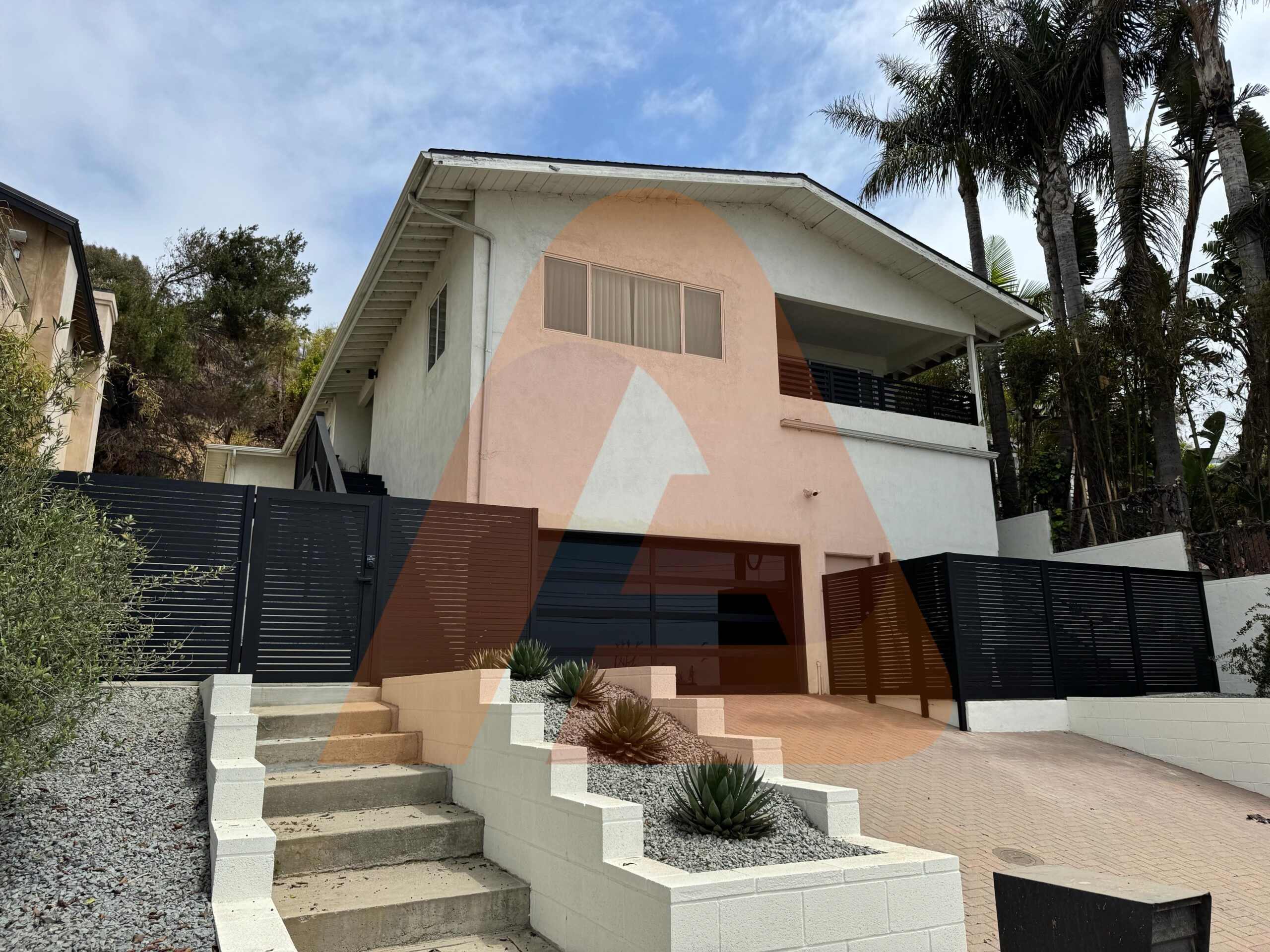
Environmental Impact and Sustainability in Privacy Fence Installation
Increasingly, Scottsdale homeowners are factoring sustainability into their privacy fence installation choices, recognizing the environmental implications of material selection, construction practices, and long-term maintenance. Sustainable fencing options incorporate materials such as composite panels made from recycled plastics and reclaimed wood fibers, which reduce demand on virgin timber resources and lower landfill waste. Moreover, powder-coated metals offer long-lasting durability with minimal upkeep, extending the fence’s service life and reducing the frequency of replacement. Installation practices that minimize soil disruption, protect native vegetation, and use eco-friendly sealants and coatings help preserve Scottsdale’s fragile desert ecosystem. Additionally, landscaping around privacy fences designed for water efficiency and erosion control supports conservation goals, aligning fencing projects with broader regional environmental initiatives. By prioritizing sustainability, homeowners contribute to ecological health while enjoying functional and attractive privacy fencing.
Water Conservation and Landscape Compatibility
Privacy fences in Scottsdale can be designed to integrate naturally with xeriscaping principles, reducing water consumption while enhancing property aesthetics. Using native, drought-tolerant plants such as desert marigold, red yucca, or pencil cholla alongside privacy fences not only complements the desert environment but also creates living screens that bolster seclusion. These plants require significantly less irrigation than traditional landscaping, supporting water conservation efforts critical in arid climates. Additionally, thoughtful placement of fences can provide shade, reducing evaporation rates for adjacent plantings and patio areas. Incorporating rainwater harvesting and drip irrigation systems in fence-adjacent landscapes further optimizes water use. This harmony between privacy fence installation and sustainable landscaping demonstrates how fences serve as components of integrated outdoor environmental design, benefiting Scottsdale homeowners and local ecosystems alike.
Innovations in Eco-Friendly Fencing Solutions
Emerging technologies and material innovations continue to enhance the environmental profile of privacy fences available in Scottsdale. Advances in composite manufacturing now yield panels with higher proportions of recycled content and improved recyclability at end-of-life. Low-VOC coatings and finishes reduce airborne pollutants during application and use, improving indoor and outdoor air quality. Solar-powered lighting and electronic gate controls add sustainability by reducing reliance on grid electricity. Modular fencing systems designed for easy disassembly and reuse support circular economy principles, minimizing construction waste. As eco-consciousness grows among Scottsdale residents, these innovations enable privacy fence installations that align with personal values and community goals without compromising performance or style.
Design Your Ideal Fence & Gates Today!
Bring your vision to life with premium aluminum fencing, custom gates, and modern cladding solutions crafted to elevate any property.
Schedule A ConsultationChoosing Between Professional and DIY: Final Decision Factors
As Scottsdale homeowners weigh the decision between professional and DIY privacy fence installation, several final considerations help clarify the best option. Budget constraints often lead residents to consider DIY to save on labor costs; however, understanding the full scope of expenses—including permits, tools, materials, and potential errors—is critical to avoid surprises. Professional installation, while costlier upfront, typically includes expert project management, quality assurance, and warranties that reduce long-term risks and costs. Time availability also influences choices: DIY projects require significant commitment and physical effort that may not fit well with busy lifestyles or physical limitations. Homeowners valuing guaranteed quality, compliance, and minimal effort frequently select professionals for peace of mind and faster completion. Conversely, those motivated by personal involvement and cost savings may prefer DIY, provided they commit to thorough planning and learning. Ultimately, aligning installation choice with one’s budget, skills, schedule, and long-term goals ensures the privacy fence enhances both property value and daily enjoyment.
Balancing Longevity and Aesthetic Expectations
With either installation path, Scottsdale homeowners must align material and design selections with desired longevity and aesthetics. Professionally installed fences often achieve superior alignment, finishes, and integration with home exteriors, sustaining visual appeal and structural integrity over decades. DIY fences may require compromises depending on skill level and equipment but still offer rewarding personal satisfaction and customization. Choosing durable materials such as UV-resistant composites or powder-coated metals aids longevity regardless of installer. Homeowners should also consider how fence color, texture, and design complement landscaping and architecture to create cohesive, welcoming outdoor environments. Balancing practical durability with stylistic goals maximizes investment value and curb appeal, creating fences that enrich Scottsdale lifestyles.
Post-Installation Support and Future Enhancements
Post-installation support differs markedly between professional and DIY approaches but is a key factor in long-term fence success. Professional services often provide maintenance packages, repairs, upgrades, and consulting that help fences age gracefully and adapt to evolving homeowner needs. This ongoing relationship can include seasonal inspections, hardware replacements, repainting, or adding automation and security features. DIY homeowners must independently manage upkeep and improvements, which can be rewarding but also burdensome without expert guidance. Planning for future enhancements like gate automation, lighting, or integrated landscaping systems adds value and functionality over time. For Scottsdale residents, considering support options before installation helps ensure fences remain attractive, secure, and suited to lifestyle changes long into the future.

Common Mistakes to Avoid in Privacy Fence Installation
Privacy fence installation, whether professional or DIY, requires careful attention to detail to prevent costly errors that can undermine the fence’s effectiveness and longevity. One frequent mistake is inaccurate measurement of property boundaries, which can lead to disputes with neighbors or violations of city setback regulations that necessitate fence removal or adjustment. Improper post depth and anchoring, especially in Scottsdale’s rocky or sandy soils, often cause fences to lean, sag, or collapse under wind pressure and environmental stress. Choosing materials unsuitable for the desert climate or neglecting protective coatings increases the likelihood of premature wear, cracking, or warping. Another common oversight is disregarding drainage needs around fence posts, which can lead to water pooling and structural damage during monsoon season. For DIY projects, inadequate tool selection or lack of installation experience leads to misaligned panels and poorly fastened fences that detract from both security and curb appeal.
Planning for Site Preparation and Ground Conditions
Site preparation is a foundational stage often underestimated but critically important for successful privacy fence installation. Clearing debris, checking for underground utilities, and leveling uneven terrain ensure a stable base for fence posts and consistent panel alignment. Scottsdale’s desert environment, with frequent hardpan layers and variable soil texture, demands specialized equipment or techniques such as rock drilling or soil amendment to facilitate secure post setting. Professionals typically utilize augers and concrete footings to anchor fences soundly, while DIYers must adapt using manual digging tools and durable post anchors. Inadequate preparation risks unstable fencing and increased maintenance needs, emphasizing the need to allocate sufficient time and resources to this phase for long-term results.
Importance of Following Manufacturer Recommendations and Local Codes
Adherence to material manufacturer guidelines and Scottsdale local codes ensures that fenced properties comply with safety and aesthetic standards. Manufacturers specify installation practices—post spacing, fastener types, finishes, and maintenance schedules—that optimize the product’s performance and warranty validity. Ignoring these can void warranties and accelerate degradation in harsh weather conditions. Local building codes regulate fence height, location, and materials, with variation across neighborhoods and homeowner associations. Failure to conform risks fines, forced removal, or remodeling. Professional installers remain up to date on these parameters, reducing legal risk for homeowners. DIY installers are encouraged to research local requirements thoroughly before commencing, leveraging city resources or community associations for guidance.
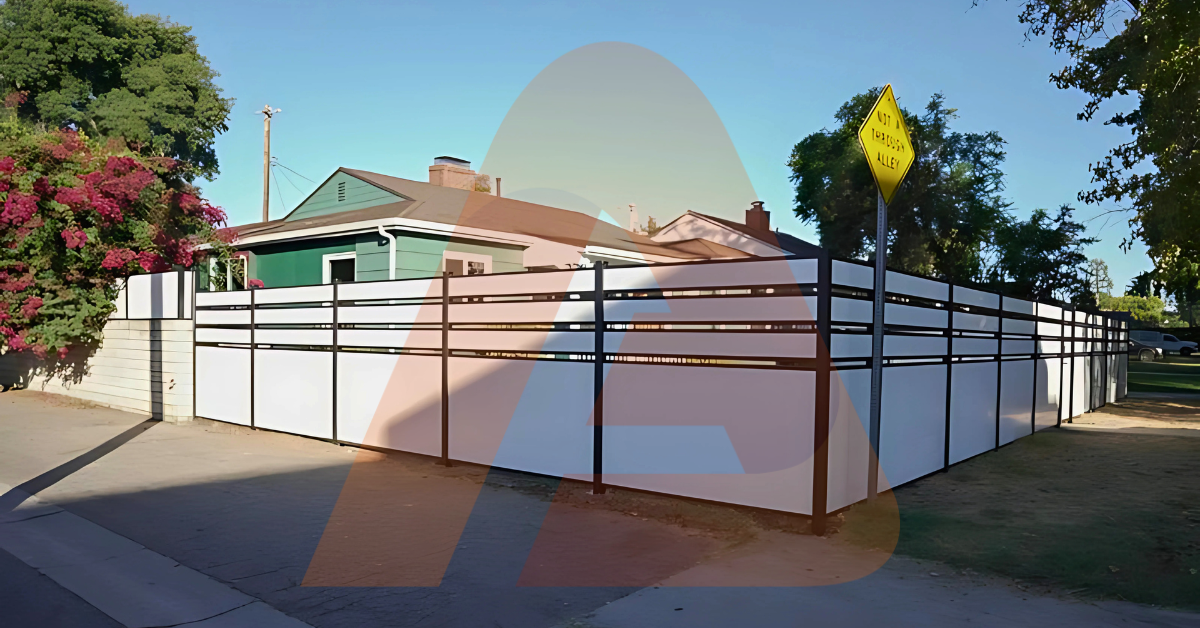
Environmental and Community Impact of Privacy Fence Installation
Privacy fence installation in Scottsdale extends beyond individual properties to influence neighborhood aesthetics, wildlife corridors, and local environmental conditions. Well-designed fences contribute to community appeal by maintaining consistent property boundaries and complementing neighborhood architectural styles while respecting the natural desert landscape. Choosing materials with low environmental impact—such as recycled composites or sustainably sourced wood—helps minimize resource depletion and waste. Installation practices that limit soil disturbance, preserve native vegetation, and manage water runoff protect sensitive desert ecosystems and reduce erosion risks. Scottsdale communities often encourage or require fencing projects to balance privacy needs with environmental stewardship, fostering a harmonious relationship between development and natural habitats. By integrating thoughtful fencing solutions, homeowners contribute positively to both their immediate surroundings and broader regional conservation efforts.
Noise Reduction and Microclimate Benefits
Privacy fences offer practical environmental benefits beyond visual screening, including noise attenuation and microclimate moderation. Solid or semi-solid fences block or absorb sound from nearby streets, neighbors, or commercial areas, enhancing residential tranquility. This is particularly valuable in Scottsdale neighborhoods where proximity to busy roads or community amenities might otherwise compromise outdoor enjoyment. Privacy fences also create microclimates by acting as windbreaks, reducing dust penetration and moderating temperatures in backyards and patios. These effects increase comfort, protect delicate landscape plantings, and extend the usability of outdoor living spaces throughout Scottsdale’s seasonal weather fluctuations. Integrating appropriate fencing designs maximizes these benefits while supporting residential quality of life and property value.
Community Guidelines and Collaborative Design
In many Scottsdale subdivisions, HOA and municipal guidelines influence privacy fence installation projects by specifying acceptable materials, colors, heights, and maintenance standards. Compliance with these community rules ensures consistency and preserves neighborhood charm, preventing disputes and potential fines. Collaborative approaches between homeowners, installers, and community boards often result in fencing solutions that balance individual privacy desires with collective aesthetic standards. Additionally, such cooperation fosters a sense of shared responsibility for neighborhood appearance and environmental health. Homeowners planning privacy fences are encouraged to engage early with local authorities and neighbors to discuss designs, materials, and installation schedules. This proactive communication smooths permit approvals and supports positive community relationships, reinforcing the role of privacy fences as both personal and communal assets in Scottsdale living.

Tips for Maximizing Privacy and Aesthetic Appeal
Achieving maximum privacy while maintaining visual appeal requires strategic planning in both fence selection and landscaping integration. Homeowners should consider panel design options that provide full coverage such as solid composite or vinyl panels, which block sightlines completely, creating serene, secluded outdoor environments. For those preferring airflow or filtered light, lattice-topped or slatted panels offer privacy without the feeling of confinement, especially when combined with adjacent shrubs or trellis vines. The fence’s color and finish play significant roles in blending with existing architecture and desert surroundings; earth tones and natural wood finishes create cohesive, calming effects while darker colors can convey modern sophistication. Thoughtful integration with native Scottsdale vegetation—including desert grasses, succulents, and shrubs—helps soften fence lines and enhances biodiversity. Proper placement of fencing relative to outdoor rooms, patios, and entrances ensures functionality while maintaining a welcoming curb appeal. Considering these factors elevates privacy fences from simple barriers to dynamic landscape elements.
Seasonal Maintenance to Preserve Function and Beauty
Maintaining privacy fences in Scottsdale’s climate involves seasonal attention to prevent damage from sun, wind, and monsoon rains. Regular cleaning to remove dust and pollen buildup keeps surfaces vibrant and extends lifespan, while inspecting and tightening fasteners ensures ongoing stability. Wood fences require annual or biennial sealing and staining to protect against UV damage and moisture infiltration. Composite and vinyl panels benefit from power washing or gentle scrubbing to eliminate desert grime. After monsoons, checking for debris accumulation around fence bases and clearing drainage pathways prevents soil erosion and post degradation. Trimming surrounding vegetation prevents root intrusion or abrasive contact that can wear fencing materials. Proactive maintenance preserves functional privacy, aesthetic appeal, and investment value, making outdoor spaces safer and more enjoyable year-round.
Enhancing Security Features While Preserving Privacy
Beyond visual screening, privacy fences can incorporate security enhancements that protect property without sacrificing design quality. Reinforced posts, lockable gates, and tamper-resistant fasteners deter unauthorized entry, while integration with home security systems offers remote monitoring capabilities. Lighting installed along fence lines or posts improves surveillance visibility and deters trespassers during nighttime hours. Privacy panels can also be designed to prevent climbing by minimizing footholds or including angled tops. For Scottsdale residents, combining aesthetic privacy with robust security features ensures a comprehensive approach to property protection. Consulting with fencing professionals about integrating these elements allows homeowners to customize installations that meet tailored security needs without compromising the fence’s overall beauty.
Final Thoughts on Privacy Fence Installation in Scottsdale
Privacy fence installation is a transformative investment for Scottsdale homeowners, significantly enhancing security, seclusion, and curb appeal. Whether opting for professional installation or the DIY route, success depends on careful planning, appropriate material selection, and thorough understanding of local regulations and environmental conditions. Professional installation offers the benefits of expertise, efficiency, permits handling, and warranty protection, assuring lasting quality and peace of mind. DIY installation empowers homeowners with control and cost savings but requires skill, time, and diligence to avoid common pitfalls. Recognizing the unique climate and community standards of Scottsdale ensures fences withstand harsh sun, wind, and seasonal changes while complementing surrounding architecture and landscaping. Ultimately, a thoughtfully installed privacy fence enriches property value and creates an inviting retreat tailored to lifestyle needs, balancing form, function, and aesthetic excellence.
Design Your Ideal Fence & Gates Today!
Bring your vision to life with premium aluminum fencing, custom gates, and modern cladding solutions crafted to elevate any property.
Schedule A ConsultationFrequently Asked Questions
Professional installations typically cost more upfront due to labor and permit fees, averaging around $45 to $100 per linear foot, while DIY projects can range from $18 to $70 depending on materials and tools. However, hidden costs and potential corrections can reduce initial savings for DIYers.
Composite panels and powder-coated metal fences offer superior durability against UV rays and temperature fluctuations. Vinyl is low-maintenance but requires UV protection, while wood offers classic appeal but demands frequent upkeep.
Yes, most privacy fences require permits and must comply with city zoning, HOA rules, and setback requirements. Professionals typically handle permitting, while DIY homeowners need to research and obtain permits independently.
Professional teams can complete typical residential privacy fence installations within one to two days, depending on yard size and project complexity, significantly faster than most DIY efforts.
Routine cleaning, seasonal inspections, tightening hardware, and material-specific care such as wood sealing or composite washing maintain fence durability and appearance over time.


